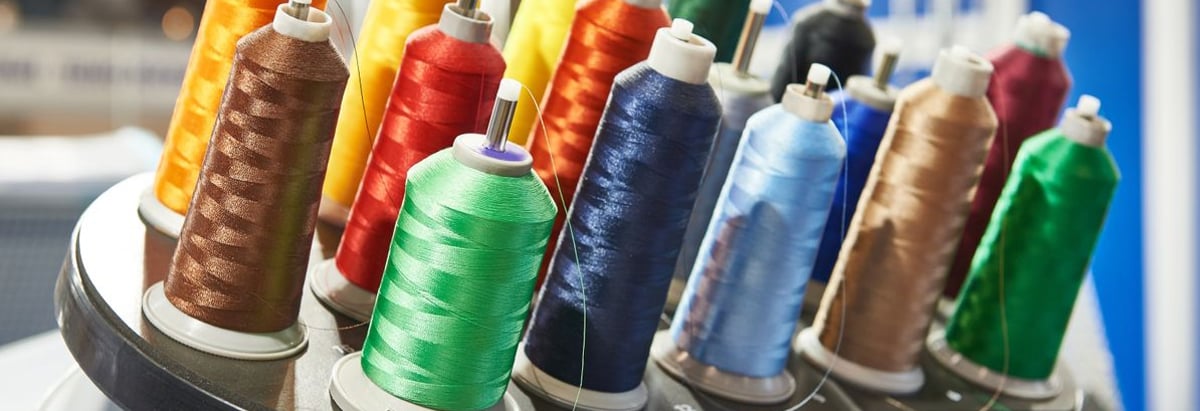Should You Expect Sutlej Textiles and Industries Limited (BOM:532782) To Continue Delivering An ROE Of 12.50%?

This article is intended for those of you who are at the beginning of your investing journey and want to begin learning the link between Sutlej Textiles and Industries Limited (BOM:532782)’s return fundamentals and stock market performance.
Sutlej Textiles and Industries Limited (BOM:532782) outperformed the textiles industry on the basis of its ROE – producing a higher 12.50% relative to the peer average of 7.55% over the past 12 months. Though, the impressiveness of 532782’s ROE is contingent on whether this industry-beating level can be sustained. This can be measured by looking at the company’s financial leverage. With more debt, 532782 can invest even more and earn more money, thus pushing up its returns. However, ROE only measures returns against equity, not debt. This can be distorted, so let’s take a look at it further. View out our latest analysis for Sutlej Textiles and Industries
Peeling the layers of ROE – trisecting a company’s profitability
Return on Equity (ROE) weighs Sutlej Textiles and Industries’s profit against the level of its shareholders’ equity. For example, if the company invests ₹1 in the form of equity, it will generate ₹0.12 in earnings from this. If investors diversify their portfolio by industry, they may want to maximise their return in the Textiles sector by investing in the highest returning stock. However, this can be misleading as each firm has different costs of equity and debt levels i.e. the more debt Sutlej Textiles and Industries has, the higher ROE is pumped up in the short term, at the expense of long term interest payment burden.
Return on Equity = Net Profit ÷ Shareholders Equity
Returns are usually compared to costs to measure the efficiency of capital. Sutlej Textiles and Industries’s cost of equity is 15.49%. This means Sutlej Textiles and Industries’s returns actually do not cover its own cost of equity, with a discrepancy of -2.99%. This isn’t sustainable as it implies, very simply, that the company pays more for its capital than what it generates in return. ROE can be split up into three useful ratios: net profit margin, asset turnover, and financial leverage. This is called the Dupont Formula:
Dupont Formula
ROE = profit margin × asset turnover × financial leverage
ROE = (annual net profit ÷ sales) × (sales ÷ assets) × (assets ÷ shareholders’ equity)
ROE = annual net profit ÷ shareholders’ equity

Basically, profit margin measures how much of revenue trickles down into earnings which illustrates how efficient the business is with its cost management. The other component, asset turnover, illustrates how much revenue Sutlej Textiles and Industries can make from its asset base. The most interesting ratio, and reflective of sustainability of its ROE, is financial leverage. We can assess whether Sutlej Textiles and Industries is fuelling ROE by excessively raising debt. Ideally, Sutlej Textiles and Industries should have a balanced capital structure, which we can check by looking at the historic debt-to-equity ratio of the company. The most recent ratio is 104.45%, which is relatively proportionate and indicates Sutlej Textiles and Industries has not taken on extreme leverage. Thus, we can conclude its above-average ROE is generated from its capacity to increase profit without a massive debt burden.

Next Steps:
ROE is a simple yet informative ratio, illustrating the various components that each measure the quality of the overall stock. Sutlej Textiles and Industries’s above-industry ROE is noteworthy, but it was not high enough to cover its own cost of equity. ROE is a helpful signal, but it is definitely not sufficient on its own to make an investment decision.
For Sutlej Textiles and Industries, I've compiled three relevant aspects you should look at:
- Financial Health: Does it have a healthy balance sheet? Take a look at our free balance sheet analysis with six simple checks on key factors like leverage and risk.
- Future Earnings: How does Sutlej Textiles and Industries's growth rate compare to its peers and the wider market? Dig deeper into the analyst consensus number for the upcoming years by interacting with our free analyst growth expectation chart.
- Other High-Growth Alternatives : Are there other high-growth stocks you could be holding instead of Sutlej Textiles and Industries? Explore our interactive list of stocks with large growth potential to get an idea of what else is out there you may be missing!
New: Manage All Your Stock Portfolios in One Place
We've created the ultimate portfolio companion for stock investors, and it's free.
• Connect an unlimited number of Portfolios and see your total in one currency
• Be alerted to new Warning Signs or Risks via email or mobile
• Track the Fair Value of your stocks
Have feedback on this article? Concerned about the content? Get in touch with us directly. Alternatively, email editorial-team@simplywallst.com
Simply Wall St analyst Simply Wall St and Simply Wall St have no position in any of the companies mentioned. This article is general in nature. We provide commentary based on historical data and analyst forecasts only using an unbiased methodology and our articles are not intended to be financial advice. It does not constitute a recommendation to buy or sell any stock and does not take account of your objectives, or your financial situation. We aim to bring you long-term focused analysis driven by fundamental data. Note that our analysis may not factor in the latest price-sensitive company announcements or qualitative material.
About BSE:532782
Sutlej Textiles and Industries
Designs, manufactures, and distributes textiles to wholesalers, manufacturers, and retailers for the home furnishing industry in India, Bangladesh, Turkey, the United States of America, Hong Kong, Singapore, and internationally.
Low and slightly overvalued.
Similar Companies
Market Insights
Community Narratives





